Today in this article we will learn various solenoid valve problems and their solutions with troubleshooting steps.
A solenoid is one of the main components of a valve. The failure rate of the solenoid valve is also more as compared to other valve accessories.
This article will help you do troubleshoot in case the solenoid valve malfunctions or creates a problem.
Solenoid Valve Problems and Solutions

Follow the below-mentioned procedure to troubleshoot the solenoid valve in case the valve does not open or close as per the requirement.
- Check whether the air supply to the solenoid valve is established or not.
- The air supply pressure from the Air Filter Regulator (AFR) to the solenoid valve should be according to the air pressure required by the valve mentioned in the datasheet.
- Check the AFR bowl (bottom), if there is moisture content or not. If moisture is there, then flush the AFR as well as the whole downstream system. Take clearance from the Plant Operation team before flushing the system. This action may operate the valve.
For doing the steps mentioned below, take clearance from Plant Operation for operating the valve.
- In the solenoid valve, check for the vent port healthiness. Many times, the vent port is getting choked due to bugs or if the bug arrester is not installed or due to dirt. Clean the vent port and bug arrester if found choked.
- To confirm whether the solenoid valve’s vent port is clean or not, operate the solenoid valve manually if the manual latching system is present or give a command through the control system to operate the valve. During the command, valve will do open and close, the air from the vent port should come out with good pressure and good flow (the aim is to know that the vent port is clear) because the actuator’s one compartment will empty out its air.
- Now remove the tubing from the actuator side and during command changeover (ON/OFF) from the system side, a clicking sound from the solenoid valve should come. That means the coil is energizing. Also, the air path should change i.e. air should come out from another port or if only one outlet port is there then it should reverse the condition i.e. air will stop if it was coming and vice versa.
- If a clicking sound is coming during command changeover (ON/OFF), the air path is not changing then the solenoid valve’s body is having the issue. Open the body as per instructions from the vendor manual and do servicing or replace the piece.
- Check for continuous venting from the solenoid valve’s vent port. If continuous venting of air is there, then either the solenoid valve or the actuator is passing. Remove the tubing and check the solenoid and actuator one by one for passing issues.
- If the clicking sound is not coming from the solenoid valve while giving command from the system, then first check the voltage. If there is no change in voltage during command changeover (ON/OFF) from the system, then check the connections in the junction box.
- If connections in the junction box are found ok, then check connections in marshalling cabinet. Also, check the fuse healthiness in marshalling cabinet. Replace the fuse with the fuse of the same rating if the fuse is blown. Then take a trial of the solenoid valve.
- If still voltage is not received in the field, then check whether the DO i.e. digital output is turning ON or OFF when the command is given from the engineering system.
- If everything is found ok, then check the cable resistance from the marshalling cabinet to the field. If found open or with high resistance, then change the cable pair with a spare one.
(While giving command (ON/OFF) from system, the magnetic field will generate in solenoid valve’s coil in one condition. We can check the magnetic field using an iron metallic piece)
- If voltage is present but a clicking sound is not coming, then disconnect the cables and check the coil resistance.
- Coil resistance should be as per vendor manual specifications (it should not be high resistance in megaohm and not in very low single digit ohm). If the coil is found not ok as per its resistance, then replace the coil.
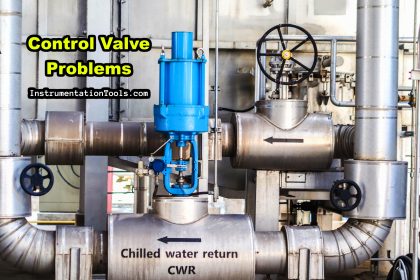
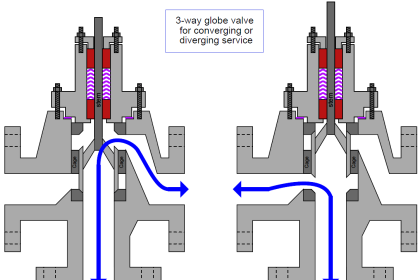




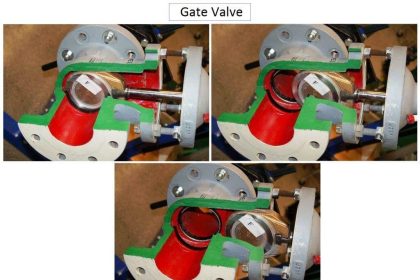
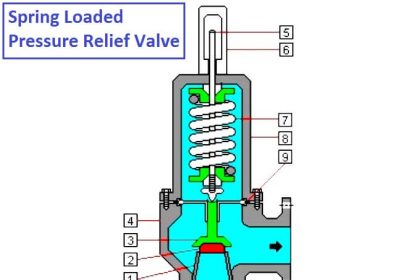

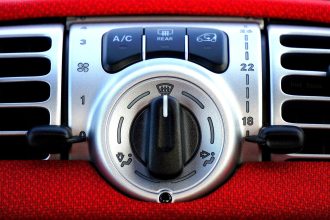



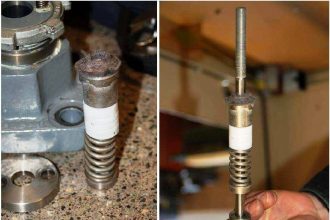
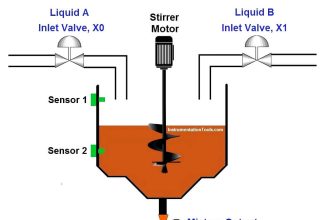
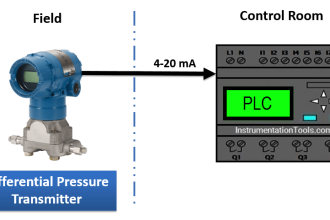

Excellent content. Thank you very much.